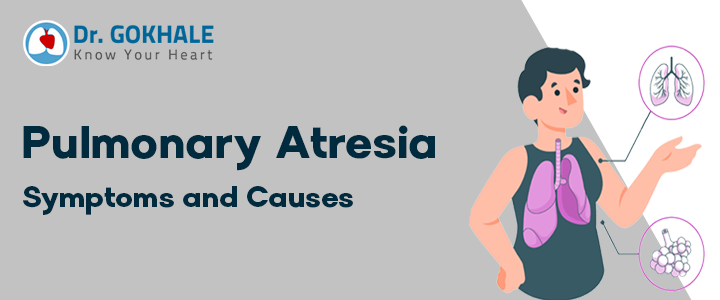So why does this happen, and what are its symptoms and treatment options? With the input of Dr Alla Gopala Krishna Gokhale, the best heart transplant surgeon in Hyderabad we answer all your questions in this blog here. Read on:
Types of Pulmonary Atresia:
Pulmonary Atresia with a good ventricular septum: Pulmonary atresia where the wall between the ventricles called the ventricular septum remains intact. Due to less blood pumping in and out, the right ventricle and pulmonary artery are underdeveloped while the pulmonary valve doesn’t form at all.
Pulmonary Atresia with a ventricular septal defect: The wall in this condition has a defect and hence allows blood to flow in and out of the right ventricle. So the right ventricle in this condition is adequately developed as compared to the above condition. The pulmonary valve doesn’t form adequately though.
What causes Pulmonary Atresia?
As said Pulmonary Atresia is a congenital birth defect which is caused right at birth. The exact cause of Pulmonary Atresia is not identified but it is believed to be a genital defect that occurs due to changes in chromosomes or genes.
What are the symptoms of Pulmonary Atresia?
Babies born with this condition tend to show symptoms immediately after birth which tend to be:
- Bluish skin due to inadequate oxygen in the blood.
- Problems in breathing.
- High sleepiness
- Poor feeding habits
Heart specialists after identifying the symptoms perform Echocardiogram and Electrocardiogram to further diagnose the condition When Pulmonary Atresia is suspected it is again confirmed by performing pulse oximetry.
Pulmonary Atresia Treatment in Hyderabad:
Medications are the first resort of any heart surgeon when treating Pulmonary Atresia until surgery. The medications are given to keep the blood vessels open for proper blood flow. When the baby is ready for surgery, the right surgical option is considered based on the severity of the condition.
- In some cases, catheterization is used to expand the closed valve and place the stent to keep the duct open.
- In most cases the valve is replaced and the artery is enlarged for better blood flow. In case of a ventricular septal defect, a patch is placed to repair the defect and ensure the right blood flow. In the case of an underdeveloped ventricle, the baby may further need surgery to repair the condition.
Pulmonary Artesia is a serious congenital complication that is only treated by heart surgery position as soon as the baby is in the right health to undergo surgery. Post the surgery the babies will need regular health monitoring and check-ups to ensure their healthy development of the baby. If you are in Hyderabad and are looking for more information about Pulmonary Atresia treatment then we advise you to consult heart transplant surgeon Dr Alla Gopal Krishna Gokhale here @call 9603040506
 Ask Doctor
Ask Doctor
